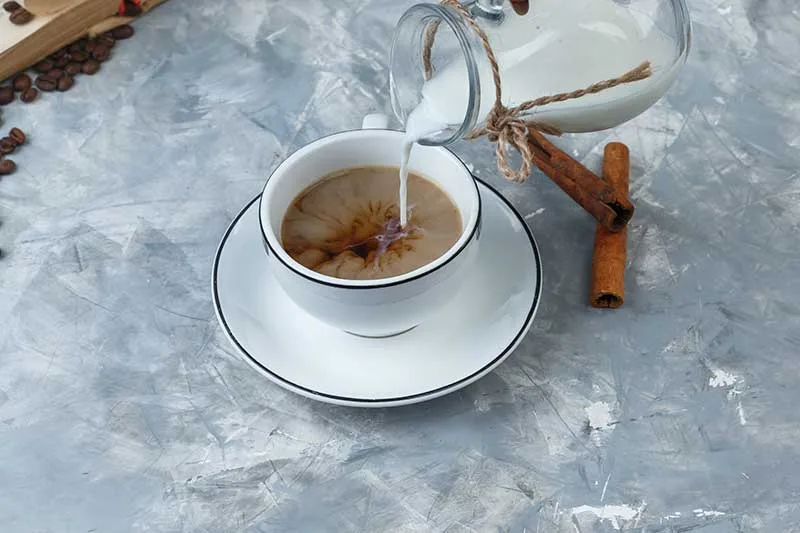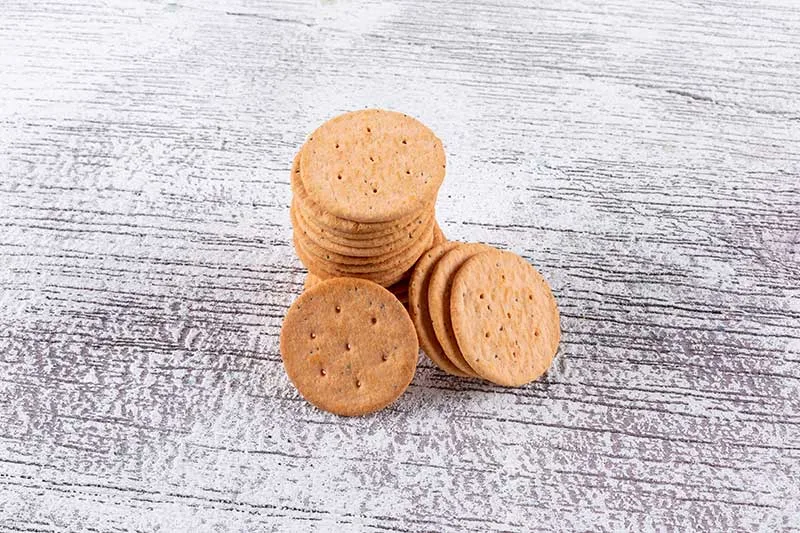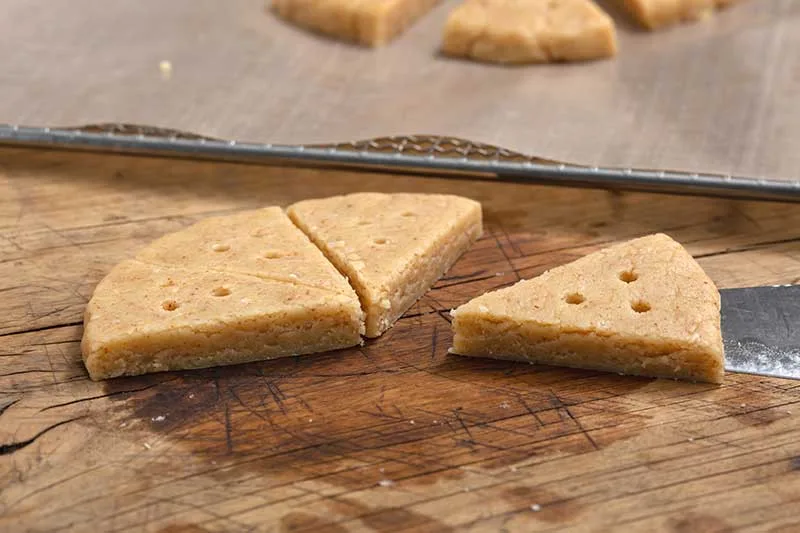The Tea & Biscuit Culture in England vs Scotland [+Recipes]
In my opinion, and based on what I have read and the experiences I have gained, I can definitely say that tea is not just a simple drink. For example, in Britain, tea is a part of people’s daily lives and cultural identity. From London to Edinburgh, tea cups are full of history, tradition, and stories that have been passed down through generations.
The English and the Scots both love tea, but each prepares and drinks it in their own unique style and taste. The English consider tea a symbol of peace and ceremony, while the Scots drink tea more in search of warmth, energy, and with the aim of coming together.
In this article, we will travel the world of tea and biscuits to find out how this culture was formed, what are the differences, and learn a few delicious recipes specific to each.
Tea in English Culture
In England, tea is considered the number one drink. There is hardly a home without a tea room. The history of English tea dates back to the 17th century, when merchants of the East India Company first imported tea from China. Initially, tea was considered an aristocratic drink and was only served in the homes of the wealthy, but as it gradually became cheaper, it became a drink for all classes and entered the lives of all people.

One of the most famous English traditions is the Afternoon Tea, which we have already talked about. This tradition began in the 19th century, when the Duchess of Bedford ordered tea and biscuits in the evening to fill the gap between lunch and dinner. Since then, this tradition has become popular among the nobility and later among the common people. Afternoon tea is usually served with small sandwiches, scones, and biscuits.
In English tea tradition, the type of tea or teabag is also very important. Black tea, such as Earl Grey or English Breakfast Tea, is considered the most popular English tea. The English usually drink their tea with milk and a little sugar, as it creates a milder taste, and of course, biscuits are always with tea, from butter biscuits to digestives, which entered the tea culture since the 19th century.

English Digestive Biscuit Recipe

Let’s explore the recipe for English Digestive Biscuits, so you can bake these healthy and classic biscuits at home with a simple combination of whole wheat flour, butter, and brown sugar.
Ingredients:
- Whole wheat flour 1 cup
- Rolled oats 1 cup
- Butter 100 grams
- Brown sugar 2 tablespoons
- Baking powder 1 teaspoon
Preparation:
- Mix all dry ingredients.
- Add melted butter, and knead until the dough becomes cohesive.
- Mold and bake at 180 degrees for about 15 minutes.
This biscuit is a wonderful combination with black tea and a little milk.
Tea in Scottish Culture
In Scotland, tea has been popular since the 18th century, but the style of using it was a little different. The Scots usually make their tea thicker and stronger. Scottish tea is a symbol of warmth and intimacy, especially on cold and rainy days in the north.
In the countryside, tea is always served with bread, butter, and thicker biscuits. Scottish Shortbread is one of the most famous teatime treats in Scotland. This sweet has been around since the Middle Ages and has a crispy, buttery texture. Unlike English tea, Scots usually drink their tea without milk and with just sugar or plain.

Another difference between England and Scotland is that in Scotland, tea is not just for relaxing or partying, but is also part of the most important events, such as celebrations, family visits, or even after work. The Scots believe that no good conversation is complete without a cup of tea.
Scottish Shortbread Recipe

Let’s learn the recipe for Scottish Shortbread and see how to bake this delicious, buttery pastry at home with just a few simple ingredients.
Ingredients
- Softened butter 200 grams
- White sugar 100 grams
- White flour 300 grams
Preparation:
- Cream the butter and sugar until light and creamy.
- Add the flour and knead until the dough is soft.
- Spread it in a mold, pierce it with a fork.
- Bake it at 170 degrees for 30 minutes. When it cools, cut it and serve it with hot tea.
The Similarities and Differences of English and Scottish tea
The table below summarizes the similarities and differences between English and Scottish tea.
| Comparison | Scottish Tea Culture | English Tea Culture |
|---|---|---|
| Popular Tea Types | Scottish Blend, Assam | Earl Grey, English Breakfast |
| Additives | Mostly plain or with just sugar | Milk and sugar |
| Side dish | Shortbread, butter bread | Digestive Biscuit, Scone |
| Cultural concept | Symbol of family warmth and friendship | Symbol of dignity and ceremony |
Connection & Mutual Influence
Despite their differences, both cultures have greatly influenced each other. The Scots were inspired by the English style of afternoon tea, but retained their own simplicity and intimacy. In contrast, the English have incorporated some of the Scottish biscuits and pastries, such as shortbread, into their afternoon tea tradition.
Today, in modern cafes in London or Glasgow, you can find combinations of both traditions. For example, Scottish black tea with English milk, or shortbread with afternoon tea.
Conclusion
The tea culture in England and Scotland shows how a simple drink can be a bridge between generations and peoples. Tea is not only a warm drink for the body, but also a soother for the soul. The English, with their ceremony and elegance, gave tea an aristocratic spirit, while the Scots, with their simplicity and kindness, made it a part of everyday life.
Ultimately, it doesn’t matter whether your cup is Earl Grey or Scottish Blend. What’s important is that in both cultures, tea is an opportunity to pause, chat, and enjoy a quiet moment in today’s fast-paced world.
